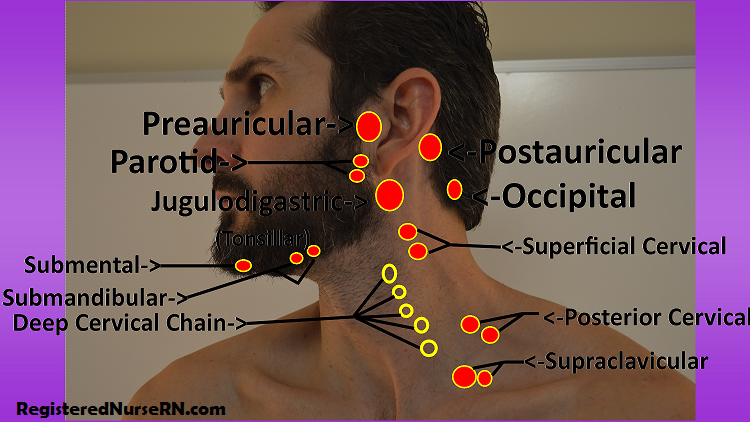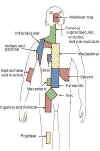
Reported by JL Ziegler, MD, G Wagner, MD, VA Medical Center, Sanįrancisco, JS Greenspan, BDS, PhD, MRC Path, EJ Shillitoe, BDS, All patients had generalized lymphadenopathy, and 3 had Or more of such infections as hepatitis B, anal warts, gonorrhea, Medical histories indicated that all 4 patients had had Included use of such drugs as nitrite inhalants, amphetamines, and

Partners in common, and had no known contact with patients with They had no known contact with each other, had no known sexual Combination chemotherapy hasĪll these patients were homosexual males living in San Tumor cellsĬontained surface IgM, kappa type. On January 21, 1982, an exploratory laparotomyĭUNHL with extensive retroperitoneal involvement. Patient 4: A 24-year-old clerk developed backache and fatigue Intrathecal chemotherapy led to rapid tumor regression however, Lymphadenopathy and splenomegaly were present. Tumor was detected in the mediastinum, retroperitoneum, both Suspected abscess, but lymphadenopathy persisted. Patient 3: A 35-year-old janitor developed an enlarged Regression the patient relapsed and died in March 1982. Systemic and intrathecal chemotherapy led to temporary tumor "reactive" lymphadenopathy and mild splenomegaly were present. Retroperitoneum, the bone marrow, and the meninges. The tumor involved a left axillary lymph node, the Tumor cells contained surface IgM, kappa type, indicating aī-cell tumor. Penicillin was given for a suspectedĪbscess, but the mass enlarged. Patient 2: A 33-year-old nurse developed a tumor in his left Patient died with disseminated DUNHL on January 15, 1982. In September 1981, another tumor in the spinal cord was Radiation and chemotherapy led to complete A myelogram revealed a T4-T6 block by anĮxtradural mass. A biopsy of an orbital mass and an enlarged cervical Swelling of the right eye and an unsteady gait, and he was Shoulder pain starting in early March 1981. Patient 1: A 28-year-old hospital clerk complained of back and Potential relationship of these cases to the KSOI syndrome, they Because of the rarity of this malignancy and the Non-Hodgkins lymphoma (DUNHL) were diagnosed between March 1981 and Pathogenesis of these disorders among homosexual males in Sanįrancisco was being studied, 4 cases of diffuse, undifferentiated Immunodeficiency syndrome has been described (1,2). Homosexual males and associated with an acquired cellular Pneumonia, and other opportunistic infections (KSOI) involving Lymphoma among Homosexual Males - United StatesĪ recent outbreak of Kaposi's sarcoma, Pneumocystis carinii For assistance, please send e-mail to: Type 508 Accommodation and the title of the report in the subject line of e-mail. See the separate article: normal mesenteric lymph nodes.Persons using assistive technology might not be able to fully access information in this file. As such a figure of 5 mm is considered normal 6. Mesenteric nodes are increasingly visualized as a result of multidetector volume acquisition and are most easily seen on coronal reformats.Īlthough 3 mm has previously been used as the upper limit for the short axis diameter of mesenteric lymph nodes, up to 39% of healthy normal patients have larger nodes than this. See the separate article: mediastinal lymph node enlargement. In the setting of lung cancer staging a sensitivity of 0.83 and a specificity of 0.82 are quoted for CT 5. This does not, of course, take into consideration the fact that all nodal metastases must start at microscopic size, and thus using only size criteria will miss micrometastases. In general 10 mm is considered the upper limit for normal nodes (short axis diameter) 3-5.

See the separate article: cervical lymph node metastasis (radiologic criteria). The upper limit in size of a normal node varies with location, and of course the size cut-off used depends on the desired sensitivity and specificity. There are many (many) causes of lymph node enlargement which include: Only some nodes (including neck, axilla and groin) should ever be normally palpable and -when they are - should be soft and non-tender. There are approximately 600 lymph nodes, of which only some are available to direct palpation. jugulodigastric nodes to mesenteric nodes), and reactive nodes are a healthy response and do not imply pathology of the node itself. In addition, increase in size is not always pathologic some nodes are bigger than others normally (e.g. Lymphadenopathy (or adenopathy) is, if anything, a broader term, referring to any pathology of lymph nodes, not necessarily resulting in increased size this includes abnormal number of nodes or derangement of internal architecture (e.g.


 0 kommentar(er)
0 kommentar(er)
